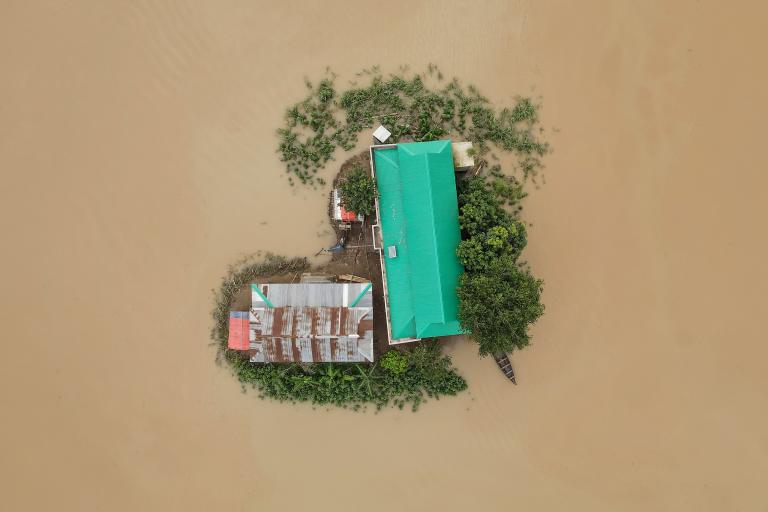UN seeks to track hazardous events and disaster losses and damages

As part of this collaboration, the three organisations jointly organized a Technical Forum in Bonn, 29-30 November 2022 that saw participation of around 175 representatives of disaster risk management, hydro-meteorological services, and other sectoral entities from around 50 governments and 60 international organisations.
One of the key reference points for this system is DesInventar that has been in existence since 1994, serving 110 UN Member States. The Forum has recommended to build off this system, while ensuring that the new-generation system is interoperable, matches with the level of data and digital maturity in a country, produces disaggregated information, and is able to track hazardous events and losses and damages at localized scales and on a continual basis.
The new system will be fully aligned with the Sendai Framework and related SDG targets and indicators, and also be interoperable with the WMO Catalogue of Hazardous events which will provide authoritative records of weather, climate, and water-related hazardous events at the national and regional levels.
Better understanding of the extent and dimension of losses and damages is essential in order to inform the WMO-spearheaded Early Warnings for All initiative, and to calibrate risk models for risk-informed planning and decision-making.
There was a call for the partnership among the three organisations to strengthen the capacity of National Disaster Management Offices (NDMOs), and facilitate operational relationship with the National Meteorological and Hydrological Services (NMHS) and other specialized scientific institutions to better track hazardous event and losses and damages. The new system will allow countries to generate better analytics and data visualization to support risk-informed development, preparedness, and humanitarian action.
With a strong collaboration among the three organisations, the new system is expected to be in place in 2023. The new system design will be developed in a collaborative way among the three partner organizations with regular inputs and consultations from the governments and other relevant partners.
The three organisations will also collaborate to develop a policy product on data value chain and framework for hazardous events and losses and damages. The policy product, the prototype as well as the new system are expected to be ready in 2023, followed by country-level roll-out.

